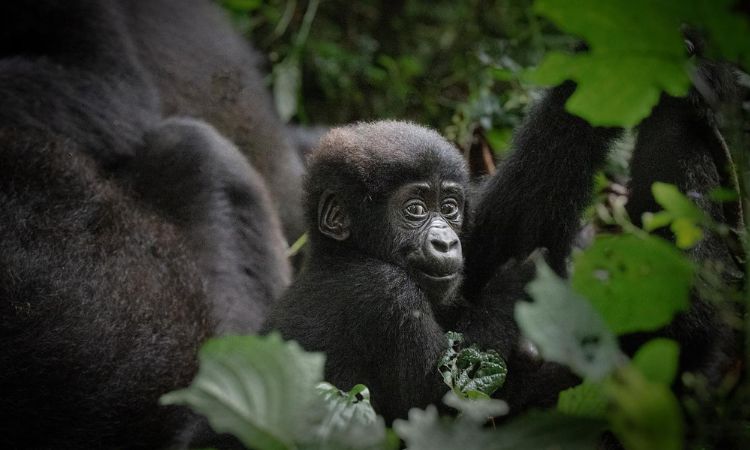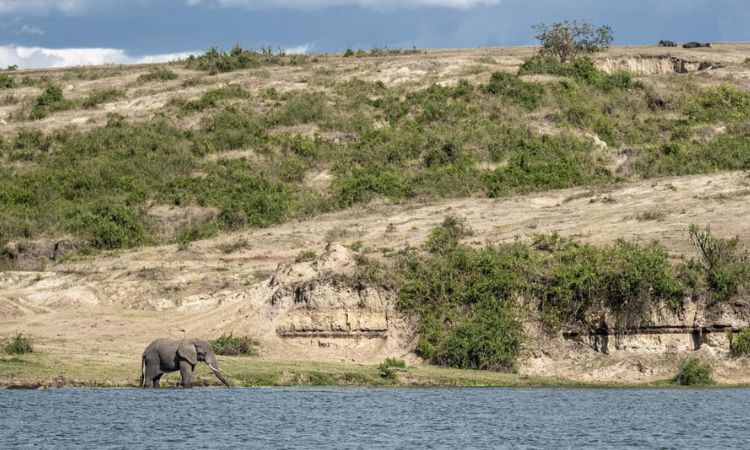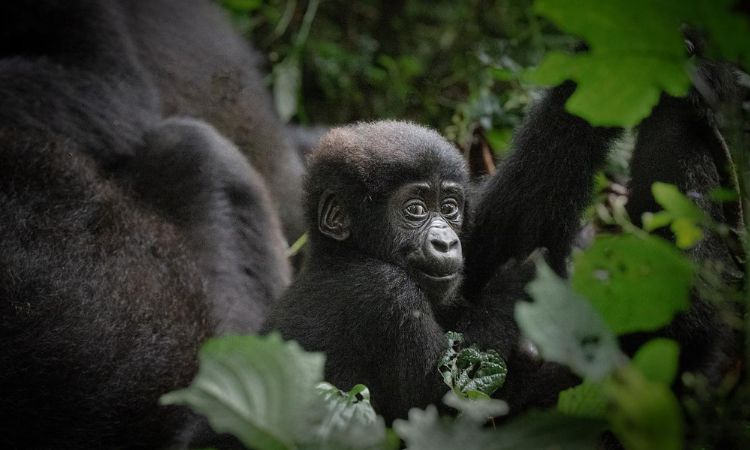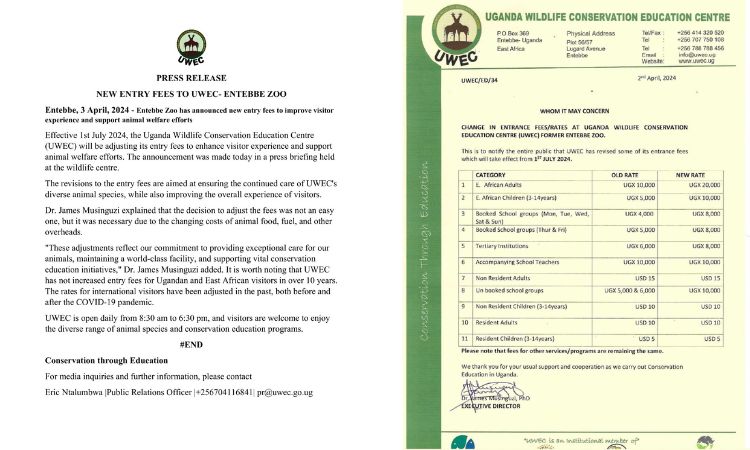How Much Is Visa Fee from Rwanda to Uganda: Top Guide 2025
Visa Fee from Rwanda to Uganda: Traveling between Rwanda and Uganda, two vibrant East African nations, is a seamless experience for many due to their shared membership in the East African Community (EAC).
Renowned for their breathtaking landscapes and world-class wildlife experiences, these countries attract adventurers seeking a Uganda safari to explore iconic destinations like Bwindi Impenetrable National Park for gorilla trekking or Queen Elizabeth National Park for classic game drives.
For those craving a broader adventure, a Rwanda Uganda safari offers the chance to combine Rwanda’s Volcanoes National Park with Uganda’s pristine wilderness, creating an unparalleled cross-border journey.
As of today, the visa policies between these countries reflect a commitment to regional integration, fostering free movement for citizens while maintaining structured requirements for others.
This comprehensive guide delves into the visa fee structure, application processes, requirements, and practical considerations for travelers moving from Rwanda to Uganda, ensuring clarity for both EAC nationals and others.
Visa-Exemption Status
For Rwandan citizens, the visa fee to enter Uganda is $0. As members of the EAC—comprising Burundi, Democratic Republic of Congo (DRC), Kenya, Rwanda, Somalia, South Sudan, Tanzania, and Uganda—Rwandan nationals enjoy visa-free travel to Uganda for stays up to six months.
This exemption stems from the EAC Treaty (1999) and the 2010 Common Market Protocol, which promote free movement of people, goods, and services across member states.
Rwandans can cross into Uganda using a valid passport or, for land borders, a national ID card, making travel both cost-free and straightforward.
Other EAC nationals, except those from the DRC in certain contexts, also benefit from this visa-exempt status. For example, citizens of Kenya, Tanzania, Burundi, South Sudan, and Somalia can enter Uganda without visa fees, receiving a free “Visitor’s Pass” or entry stamp at the border or airport.
This policy supports the EAC’s vision of a unified economic and tourism bloc, with over 2 million annual cross-border movements recorded across the region, according to EAC migration statistics.
For Rwandans specifically, popular border crossings like Katuna-Gatuna or Cyanika see heavy traffic, with streamlined one-stop border posts (OSBPs) reducing processing times to under 30 minutes.
However, non-EAC nationals face different requirements. For context, citizens of visa-exempt countries outside the EAC—such as Barbados, Fiji, Ghana, Jamaica, Singapore, and others listed on Uganda’s Immigration Services website—also enter Uganda without visa fees.
All others must obtain a visa, typically a single-entry tourist visa costing $50, or opt for the East African Tourist Visa (EATV) for multi-country travel.
The East African Tourist Visa (EATV) Option
The East African Tourist Visa (EATV) is a multiple-entry visa valid for 90 days, allowing travel across Kenya, Rwanda, and Uganda. Priced at $100, it’s designed for tourists planning to explore multiple EAC countries without needing separate visas.
The EATV is particularly useful for non-EAC nationals, as it simplifies regional travel—perfect for itineraries including Uganda’s Bwindi Impenetrable National Park, Rwanda’s Volcanoes National Park, and Kenya’s Maasai Mara. However, for Rwandans, the EATV is largely redundant since they already enjoy visa-free access to all three countries.
To obtain the EATV, travelers apply through the immigration portal of the first country of entry (e.g., Uganda’s Immigration Services website if starting in Kampala).
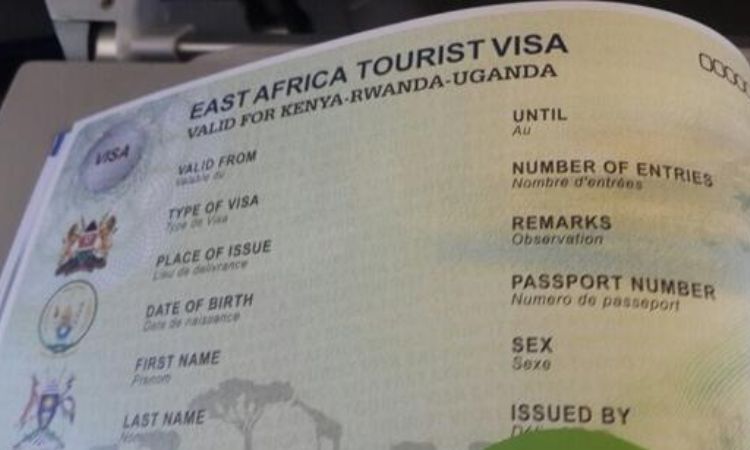
The visa prohibits employment and requires starting travel in the issuing country. Processing typically takes 2–7 days, with approvals sent via email.
Applicants need a passport valid for at least six months, a passport photo, a travel itinerary, and, if requested, proof of funds (approximately $50 per day).
Standard Visa Fees for Non-Exempt Nationals
For non-EAC nationals or those from non-visa-exempt countries traveling from Rwanda to Uganda, visa fees apply. The standard single-entry tourist visa costs $50 for a 90-day stay. Multiple-entry visas are available for longer-term travelers:
- 6–12 months: $100
- 24 months: $150
- 36 months: $200
These visas cater to business travelers, researchers, or frequent visitors. For example, a U.S. citizen flying from Kigali to Entebbe would pay $50 for a single-entry visa or $100 for the EATV if planning to visit Kenya too.
Where and How to Apply
Rwandan citizens need no prior application—entry is processed at the border or airport with a valid passport or ID. For non-exempt nationals, Uganda offers an efficient e-Visa system via the Uganda Immigration Services website (immigration.go.ug). The online process requires:
- A passport valid for at least six months with two blank pages.
- A digital passport photo.
- Payment via credit/debit card or mobile money.
- Supporting documents like a travel itinerary or invitation letter (for business visas).
Processing takes 2–5 working days, and the e-Visa is emailed as a PDF for presentation at entry points. Visa-on-arrival is available at Entebbe International Airport and select land borders (e.g., Busia) for eligible nationalities, but pre-applying online is recommended to avoid delays. For complex cases, the Embassy of Uganda in Kigali or consulates abroad can assist.
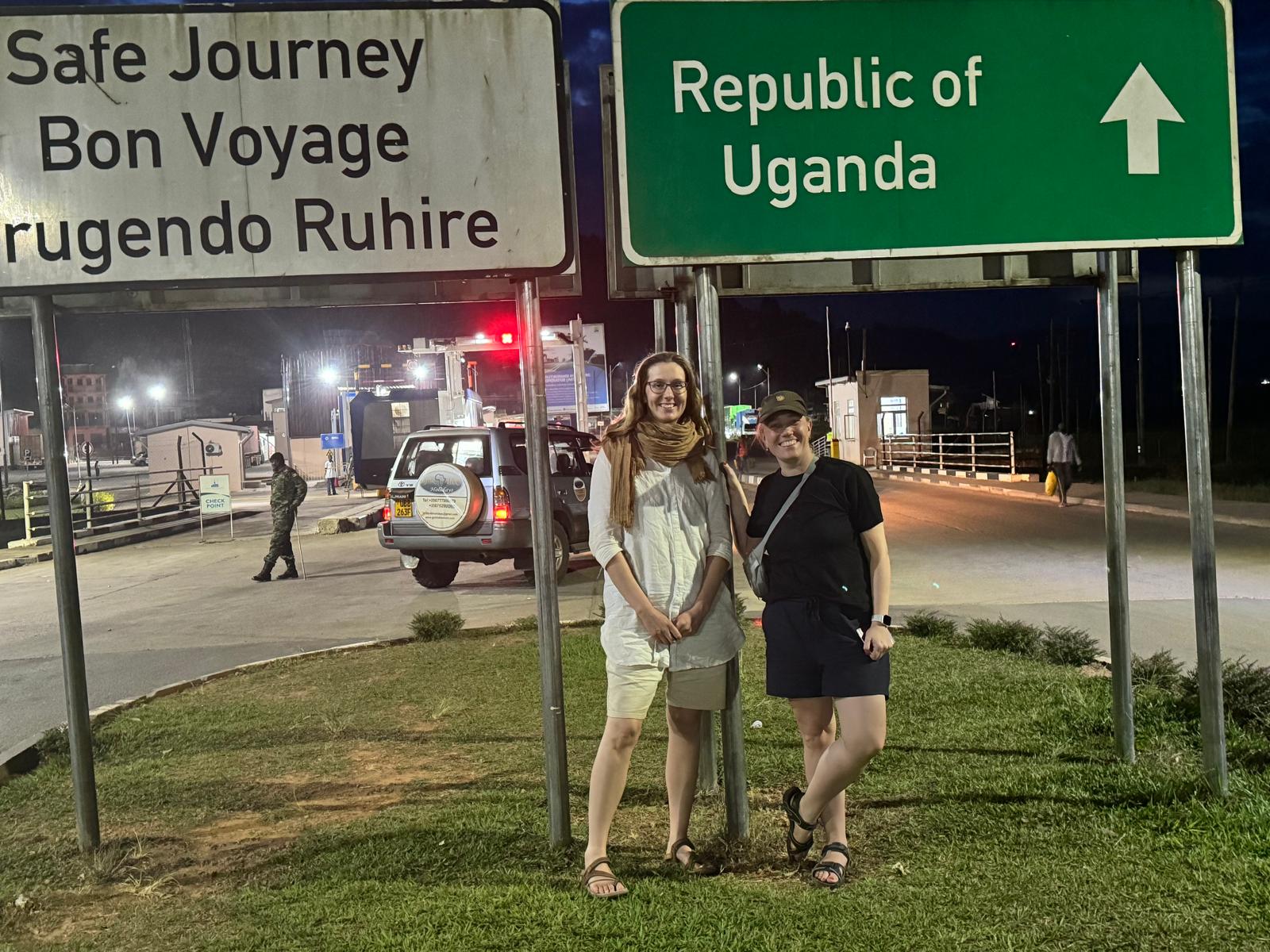
Documents and Requirements
For Rwandans, entry requirements are minimal:
- A valid passport (recommended for air travel) or national ID (for land borders).
- A yellow fever vaccination certificate, mandatory for arrivals from endemic zones, though often waived for intra-EAC travel.
- Proof of onward/return travel or sufficient funds (rarely checked but advised).
Non-exempt travelers need similar documents, plus the e-Visa or EATV approval letter. Immigration officers may request proof of accommodation or a travel itinerary, especially for longer stays. Families traveling with minors under 16 face no additional fees if parents hold valid EAC IDs.
What “From Rwanda to Uganda” Actually Means
The journey from Rwanda to Uganda varies by entry point. Land crossings like Katuna-Gatuna, Cyanika, or Kagitumba are popular, with buses (e.g., Jaguar or Trinity) costing $20–30 for the 5–7 hour trip from Kigali to Kampala. These borders use OSBPs, integrating Rwandan and Ugandan immigration for faster processing.
Air travel, via carriers like Rwanda Air, takes under an hour but requires a passport. Flights cost $150–300 one-way, landing at Entebbe.
For non-exempt travelers, the entry point doesn’t affect visa fees ($50 for single-entry, $100 for EATV), but land borders may involve longer waits if documentation is incomplete. Rwandans using the EATV (e.g., for a multi-country trip starting in Uganda) must apply online, not at the border.
Cost Comparison and Examples
- Rwandan citizen: Visa cost = $0 due to EAC exemption. A Rwandan visiting Bwindi National Park crosses Katuna with just an ID, paying no fees.
- Rwandan using EATV: Cost = $100, only relevant for multi-country itineraries (e.g., Uganda–Kenya–Rwanda). This is rare since EAC nationals already have free access.
- Non-exempt foreigner (e.g., U.S. citizen) traveling from Rwanda to Uganda: Pays $50 for a single-entry visa or $100 for the EATV if visiting multiple EAC countries. For example, a tourist flying from Kigali to Entebbe for gorilla trekking pays $50 unless planning a regional tour.
Updates, Caveats, and Changes
Visa rules can change due to diplomatic, health, or security developments. For instance, Rwanda–Uganda border closures in 2019 disrupted travel, though full reopening in 2022 restored normalcy.
Always check the Uganda Immigration Services website (immigration.go.ug) or Rwanda Directorate General of Immigration and Emigration (migration.gov.rw) for updates.
Health requirements, like yellow fever certificates, are strictly enforced, especially post-COVID. Overstays incur fines ($50/day in Uganda), and undeclared goods over $500 face 25% customs duties.
Tips to Save Hassle
- Apply Early: Non-exempt travelers should apply for e-Visas or EATV at least a week in advance to avoid border delays.
- Carry Health Proof: Keep a yellow fever vaccination certificate handy, even for EAC nationals.
- Ensure Passport Validity: Passports need six months’ validity and two blank pages.
- Use Official Portals: Avoid fake visa sites by sticking to immigration.go.ug or trusted embassy sources.
- Plan Border Crossings: Katuna-Gatuna is busiest but efficient; quieter posts like Cyanika may be faster for pedestrians.
- Budget for Extras: Vehicle permits ($20 for private cars) or informal fees (rare but possible) may apply at land borders.
Useful Links and Resources
- Uganda Immigration Services: immigration.go.ug (e-Visa applications, policy updates).
- Rwanda Immigration: migration.gov.rw (travel advisories, ID requirements).
- EAC Travel App: Real-time border and visa info.
- Embassy of Uganda in Kigali: For complex visa queries.
- Border Maps: Google Maps or EAC OSBP guides for crossing points like Katuna (bit.ly/eac-borders).
